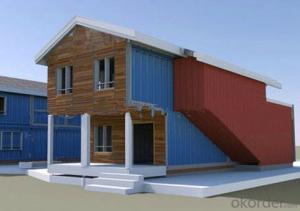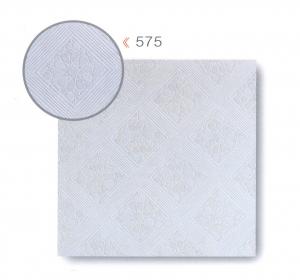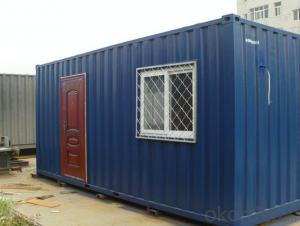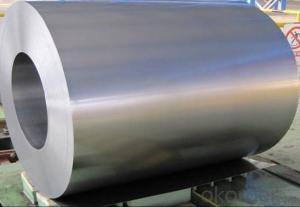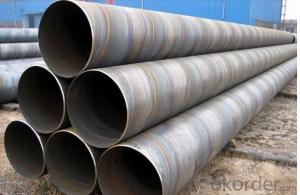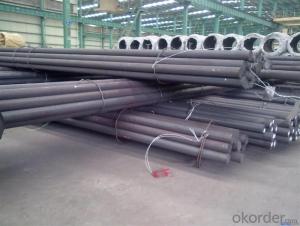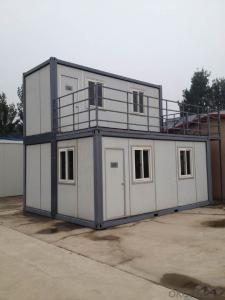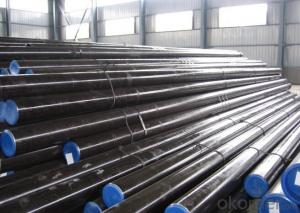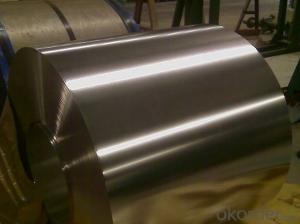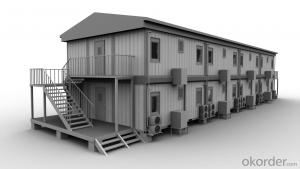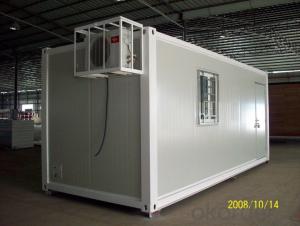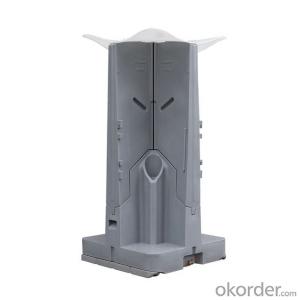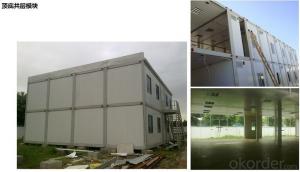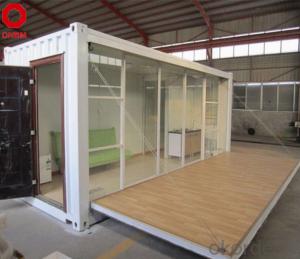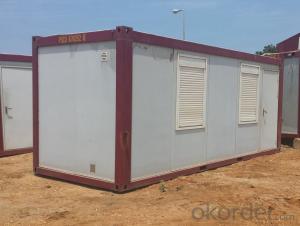Steel Homes
Steel Homes Related Searches
Best Paint For Stainless Steel Blanket Insulation For Steel Buildings Primer For Galvanized Steel Foam Filter For Stainless Steel H S Code For Stainless Steel Surface Grinding Wheels For Stainless Steel Surface Grinding Wheels For Hardened Steel Hole Saw For Stainless Steel Paint For Stainless Steel Stainless Steel For BbqHot Searches
Steel Mesh Panels For Sale Price For Stainless Steel Scrap Scrap Price For Stainless Steel Price For Stainless Steel Stainless Steel Tank For Sale Stainless Steel Sheets For Sale Cheap High Tea Sets For Sale Stainless Steel Tanks For Sale Stainless Steel For Sale High Density Fiberboard For Sale Solar Hot Water Collectors For Sale Scaffolding For Sale In Uae Scaffolding For Sale In Ireland Scaffolding For Sale In Houston Type Of Inverter For Solar Price Of Shipping Containers For Sale Types Of Inverter For Solar Stock Price For Aluminum Used Solar Inverter For Sale Steel Mesh Panels For SaleSteel Homes Supplier & Manufacturer from China
Okorder.com is a professional Steel Homes supplier & manufacturer, offers integrated one-stop services including real-time quoting and online cargo tracking. We are funded by CNBM Group, a Fortune 500 enterprise and the largest Steel Homes firm in China.Hot Products
FAQ
- Yes, container houses can definitely be designed with modern bathrooms. With proper planning and design, container houses can be equipped with all the necessary features of a modern bathroom, including fixtures, plumbing, and stylish designs. The compact nature of container houses may require some creativity and space optimization, but it is certainly possible to incorporate modern amenities and aesthetics into the bathroom design of a container house.
- Container houses can be a suitable option for families with children, depending on their specific needs and preferences. Container houses offer several advantages that can make them suitable for families with children. Firstly, container houses can be designed and customized to provide ample living space for families. Containers can be combined, stacked, or modified to create multi-level homes, accommodating the needs of a growing family. With careful planning and design, container houses can offer multiple bedrooms, bathrooms, and functional living areas that are suitable for families with children. Secondly, container houses can be cost-effective, making them an attractive choice for families on a budget. Containers are relatively inexpensive and can be repurposed into homes, resulting in cost savings compared to traditional housing options. This affordability can allow families to allocate more resources towards their children's education, health, and other needs. Container houses also offer flexibility in terms of location. They can be placed on various terrains, including rural or remote areas, providing families with the opportunity to live in a serene environment away from the hustle and bustle of the city. This can be beneficial for children, as it allows them to grow up in a peaceful and natural setting. Furthermore, container houses can be energy-efficient and environmentally friendly. With proper insulation, these houses can maintain comfortable temperatures throughout the year, reducing the need for excessive heating or cooling. This can result in lower energy bills and a smaller carbon footprint, which is important for families concerned about the environment and teaching their children sustainable living practices. However, it is essential to consider some potential challenges when considering container houses for families with children. Container houses may require additional modifications to ensure safety and comfort for children. For example, stairs and balconies may need to be built or reinforced to prevent accidents. Adequate insulation and ventilation should also be considered to maintain a healthy living environment for children. In conclusion, container houses can be suitable for families with children, offering affordable and flexible housing options. However, careful planning and modifications are necessary to ensure the safety and comfort of children. Ultimately, the suitability of container houses for families with children will depend on individual preferences, lifestyle, and specific needs of the family.
- Container houses can be suitable for educational or classroom spaces, depending on the specific needs and requirements of the educational institution. Container houses offer cost-effectiveness, flexibility, and sustainability, making them a viable option. However, factors such as insulation, ventilation, soundproofing, and compliance with safety regulations need to be carefully considered to ensure a conducive learning environment.
- Yes, container houses can definitely be designed to have a low-maintenance exterior. This can be achieved through various strategies and materials. Firstly, choosing the right type of exterior cladding can significantly reduce maintenance requirements. Options like fiber cement siding, vinyl siding, or metal panels are durable, weather-resistant, and require minimal upkeep. These materials are known for their resistance to fading, warping, or cracking, which helps to keep the exterior looking good for a longer time. Secondly, incorporating design elements that minimize exposure to the elements can help reduce maintenance needs. For example, strategically placing overhangs or awnings can protect the exterior walls from direct sunlight, rain, and snow, preventing potential damage and reducing the need for regular maintenance. Additionally, using high-quality paints or coatings can extend the lifespan of the exterior and reduce the frequency of repainting or touch-ups. Opting for paints that have built-in protection against fading, UV rays, and mildew can further enhance the low-maintenance aspect of the house. Furthermore, considering the installation of low-maintenance landscaping around the container house can contribute to reducing exterior maintenance efforts. Using native plants or drought-resistant vegetation can minimize the need for watering, pruning, or other regular upkeep activities. Lastly, incorporating proper drainage systems, such as gutters and downspouts, can help redirect water away from the exterior walls, preventing water damage and reducing maintenance requirements. By carefully selecting materials, incorporating design elements that protect the exterior, using high-quality finishes, considering low-maintenance landscaping, and implementing proper drainage systems, container houses can be designed to have a low-maintenance exterior while still maintaining an attractive appearance.
- Yes, container houses can be suitable for cold climates with proper insulation and design considerations. While shipping containers are made of steel and can transfer heat quickly, they can be insulated and modified to withstand cold temperatures. Adding high-quality insulation materials, such as spray foam or rigid foam, to the walls, floors, and ceilings can help retain heat inside the container. Additionally, insulating the roof and using double-glazed windows will further improve thermal performance and prevent heat loss. Proper ventilation is also essential in cold climates to prevent condensation and maintain a healthy indoor environment. Installing a ventilation system with heat recovery can help retain the warmth while exchanging stale indoor air with fresh outdoor air. In terms of design, orienting the container house to take advantage of natural sunlight and heat gain is important. Large windows on the southern side of the house can help capture the sun's warmth during the day, reducing the need for additional heating. Additionally, incorporating passive solar design principles, such as thermal mass, can help store and release heat throughout the day. It's worth noting that container houses in cold climates may require additional heating sources, such as electric heaters, wood-burning stoves, or even radiant floor heating, to ensure adequate warmth during extreme cold weather. However, with proper insulation, design considerations, and additional heating options, container houses can be made suitable for cold climates.
- Absolutely! Container houses have the potential to incorporate a dedicated meditation or yoga space. They offer great customization options, allowing the inhabitants to modify the space according to their specific needs and preferences. By employing a little creativity and thoughtful design, it is easily achievable to integrate a meditation or yoga area into a container house. The key to designing such a space in a container house lies in giving prominence to tranquility, peace, and serenity. This can be accomplished by selecting a secluded and quiet spot within the house, away from any noise or distractions. Container houses can be designed with an open floor plan, which provides the flexibility to create a designated meditation or yoga area. By using different materials like bamboo flooring or a soothing color palette, this space can be visually distinct from the rest. Natural light also plays a crucial role in creating a calming atmosphere. Incorporating large windows or skylights into the design allows for ample natural light, known to enhance the meditation and yoga experience. Apart from this, proper ventilation and insulation ensure a comfortable and refreshing environment for these practices. Storage is another key consideration. A meditation or yoga space requires storage for yoga mats, meditation cushions, and other accessories. To keep these items easily accessible and organized while maximizing the use of space, built-in shelves or cabinets can be installed. Lastly, incorporating elements of nature such as plants or a small indoor fountain can enhance the overall ambiance of the meditation or yoga space. These natural elements contribute to the calming and grounding effect, making the meditation or yoga experience more immersive and fulfilling. In conclusion, container houses can be uniquely designed to accommodate a meditation or yoga space. With careful planning and attention to detail, it is certainly possible to create a serene and tranquil environment within a container house that promotes relaxation, mindfulness, and spiritual well-being.
- Yes, container houses can be designed with a home gym or fitness room. With proper planning and design, containers can be customized to accommodate various spaces and purposes, including a dedicated area for exercising and fitness activities. By utilizing the available space efficiently and incorporating appropriate equipment and amenities, container houses can indeed feature a home gym or fitness room.
- Indeed, container houses prove to be a viable choice for small business offices. They present various advantages that render them suitable for such purposes. To start with, container houses offer a cost-effective solution. Compared to conventional office spaces, their construction and maintenance costs are significantly lower. This proves particularly advantageous for small businesses operating on limited budgets, enabling them to save substantial amounts of money on rent and construction expenses. Moreover, container houses boast high levels of customization. They can be easily modified and tailored to meet the specific needs and requirements of small business offices. Containers can be stacked or interconnected to create larger office spaces, complete with all the necessary amenities, including electricity, plumbing, heating, and air conditioning. Additionally, container houses exhibit portability and flexibility. They can be effortlessly transported to different locations, making them an ideal choice for small businesses that frequently change their office space or operate in multiple areas. This mobility also allows for future expansion or downsizing, depending on the evolving needs of the business. Furthermore, container houses contribute to environmental preservation. By repurposing shipping containers, we can reduce waste and promote sustainability. This serves as a crucial consideration for small businesses aiming to adopt environmentally friendly practices and minimize their carbon footprint. Nevertheless, it is important to acknowledge certain limitations of container houses. The limited space available within a container may not be suitable for businesses requiring extensive office areas or accommodating a significant number of employees. Additionally, container houses may not align with the needs of businesses seeking a more professional or upscale image. In conclusion, container houses offer a suitable alternative for small business offices, providing cost-effectiveness, customization, portability, and eco-friendliness. Nevertheless, it is imperative to thoroughly evaluate the specific needs and requirements of the business before opting for container houses as office spaces.

















